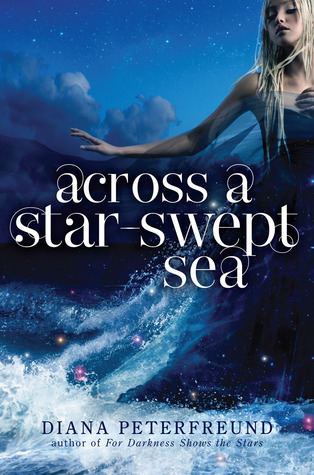 There is something gripping to Walker about a town in decline. As he drives down the streets of his youth, he feels as if he were looking at faded and brittle photographs of a place lost to time.
There is something gripping to Walker about a town in decline. As he drives down the streets of his youth, he feels as if he were looking at faded and brittle photographs of a place lost to time. "In this New York Times bestselling novel, critically acclaimed author Marisa Silver takes Dorothea Lange’s "Migrant Mother" photograph as inspiration for a breathtaking reinvention—a story of two women, one famous and one forgotten, and of the remarkable legacy of their chance encounter. In 1936, a young mother resting by the side of a road in Central California is spontaneously photographed by a woman documenting the migrant laborers who have taken to America’s farms in search of work. Little personal information is exchanged, and neither woman has any way of knowing that they have produced what will become the most iconic image of the Great Depression. Three vibrant characters anchor the narrative of Mary Coin. Mary, the migrant mother herself, who emerges as a woman with deep reserves of courage and nerve, with private passions and carefully-guarded secrets. Vera Dare, the photographer wrestling with creative ambition who makes the choice to leave her children in order to pursue her work. And Walker Dodge, a present-day professor of cultural history, who discovers a family mystery embedded in the picture. In luminous, exquisitely rendered prose, Silver creates an extraordinary tale from a brief moment in history, and reminds us that although a great photograph can capture the essence of a moment, it only scratches the surface of a life." Mary Coin's actual name was Florence Owens Thompson and the photographer was actually named Dorothea Lange, but Silver re-imagines these characters and gives them new names and new identities in a brilliant work of fiction.
Mary Coin is told partly in present tense, partly in past tense. Walker's section is told in the present tense, since it is set in the present day, but both Vera and Mary's narratives are told in the past tense. Present tense makes the narrative feel more immediate, and I thought the author could have told all of the sections in present tense. I'm not sure if I liked how the tense switched, but it was certainly an interesting choice.
I love interwoven narratives, and Mary Coin is one of those books that definitely has that. Walker's narrative seemed to me to be a bit redundant, but I really enjoyed having three vastly different perspectives and three very compelling narrators. I think Vera, the photographer, was the one who was most interesting to me. She had polio as a child, and one of her legs is severely damaged. This infirmity changes her life drastically, and makes her the person she is. Her reflections interested me the most too, though some of her later sections were kind of depressing.
Despite the changing tenses, I really, really loved the writing style. It was so thoughtful and thought-provoking. Perhaps a bit too much, but that doesn't change the fact that it was brilliant. This is the kind of historical fiction that tries, if not to re-imagine, then to breathe life into well-known history. That photo has become so iconic that we don't even really see it anymore. But that woman was a person, and in Mary Coin, her life is fully imagined with "devastating grace." You can read The New York Times's Book Review here.
As I said, Walker's narration didn't seem to serve that much purpose for most of the book. He starts off Mary Coin and finishes it, but I was never really interested in him as a person or as a historian. However, his section was well-written.
I definitely would recommend Mary Coin; it was a compelling, beautifully written, and disturbing novel, and I loved it.
Read Mary Coin:
- if you like historical fiction
- if you like history
- if you like Marisa Silver
Rating: *****














 This is the sequel to
This is the sequel to  No ARCs of Allegiant, unfortunately. But I'm very excited.
No ARCs of Allegiant, unfortunately. But I'm very excited. Based upon
Based upon  Neil Gaiman's latest looks very good. Coming out in June.
Neil Gaiman's latest looks very good. Coming out in June. I loved Let the Great World Spin, so I'm also looking forward to this.
I loved Let the Great World Spin, so I'm also looking forward to this.



